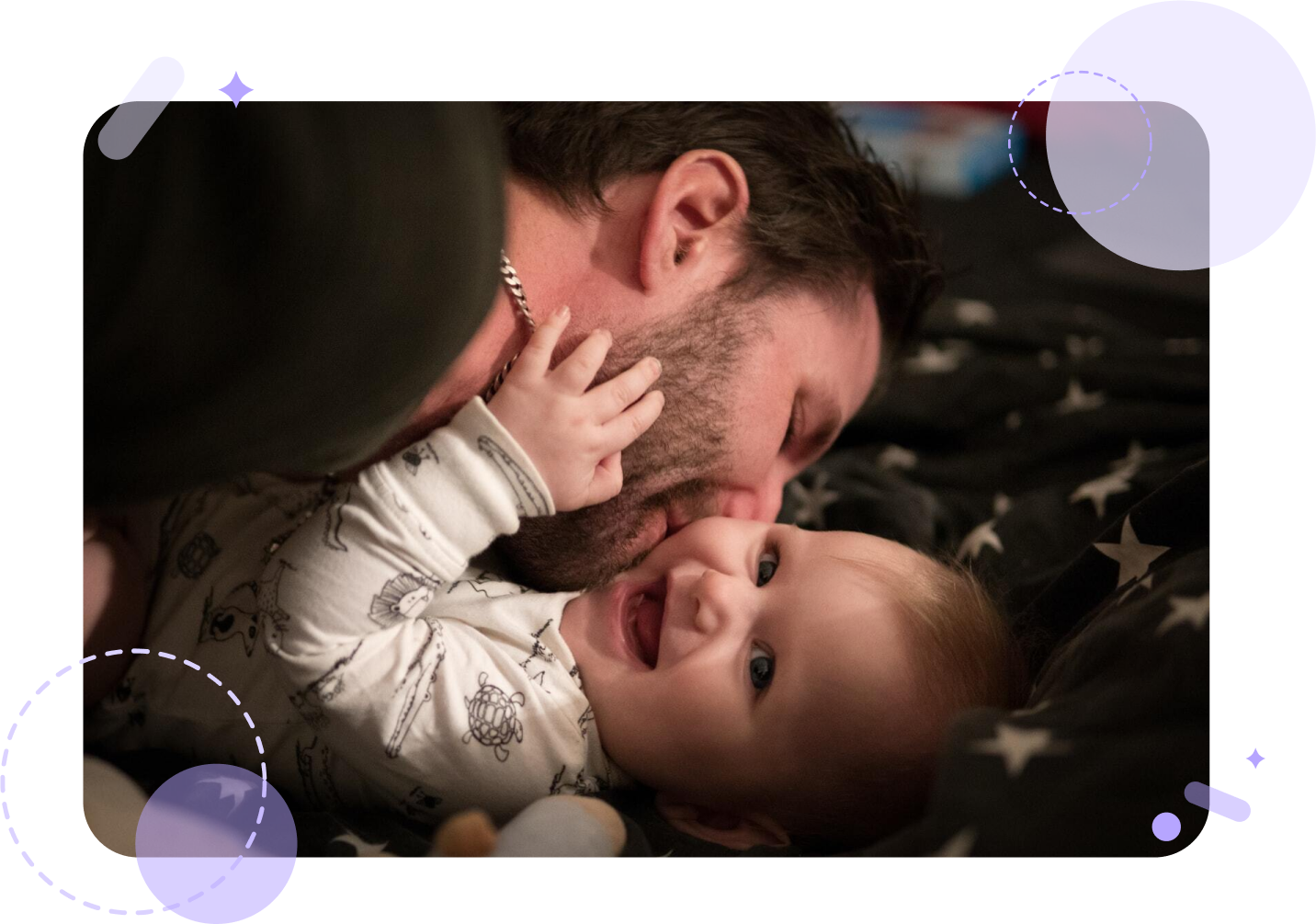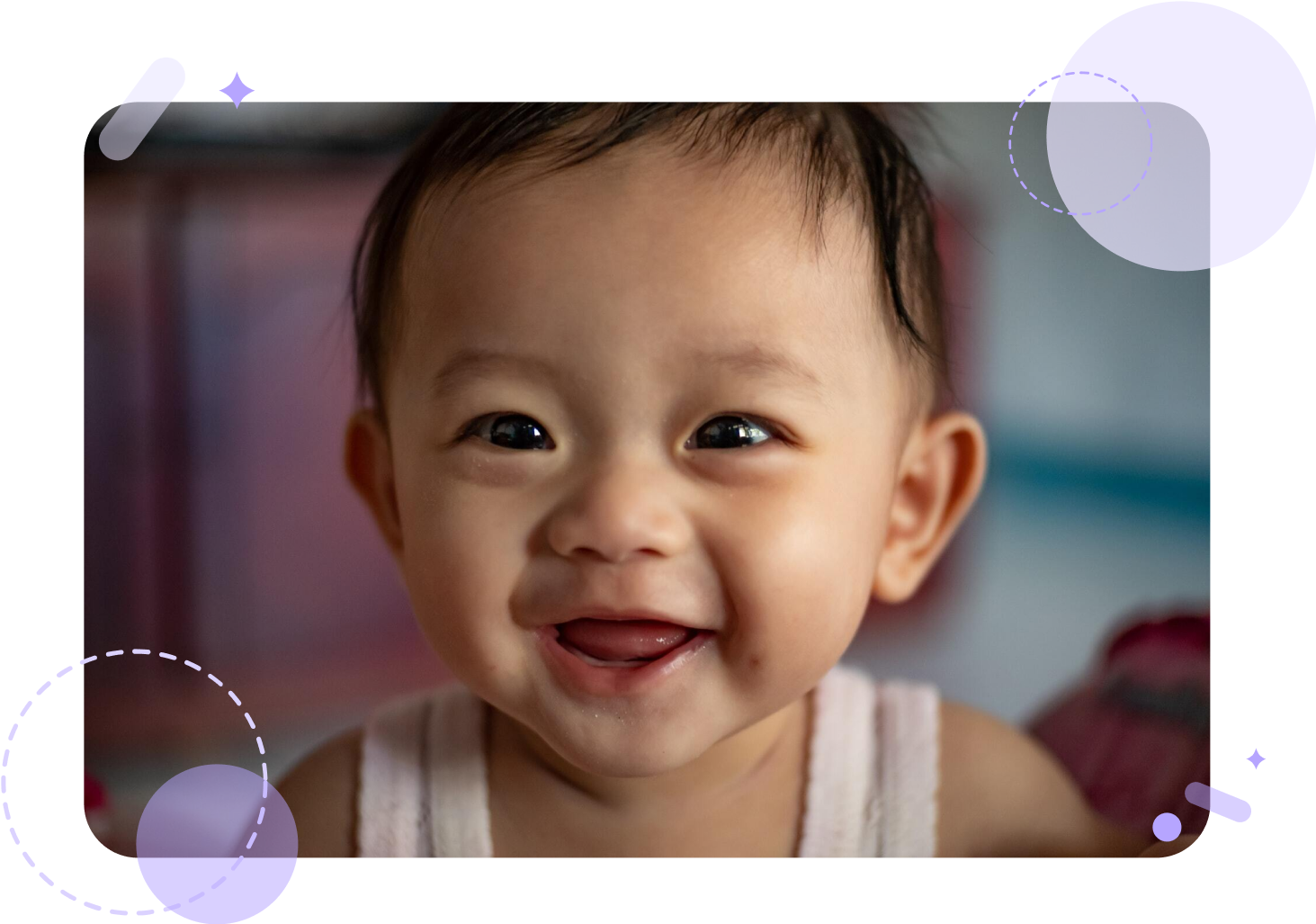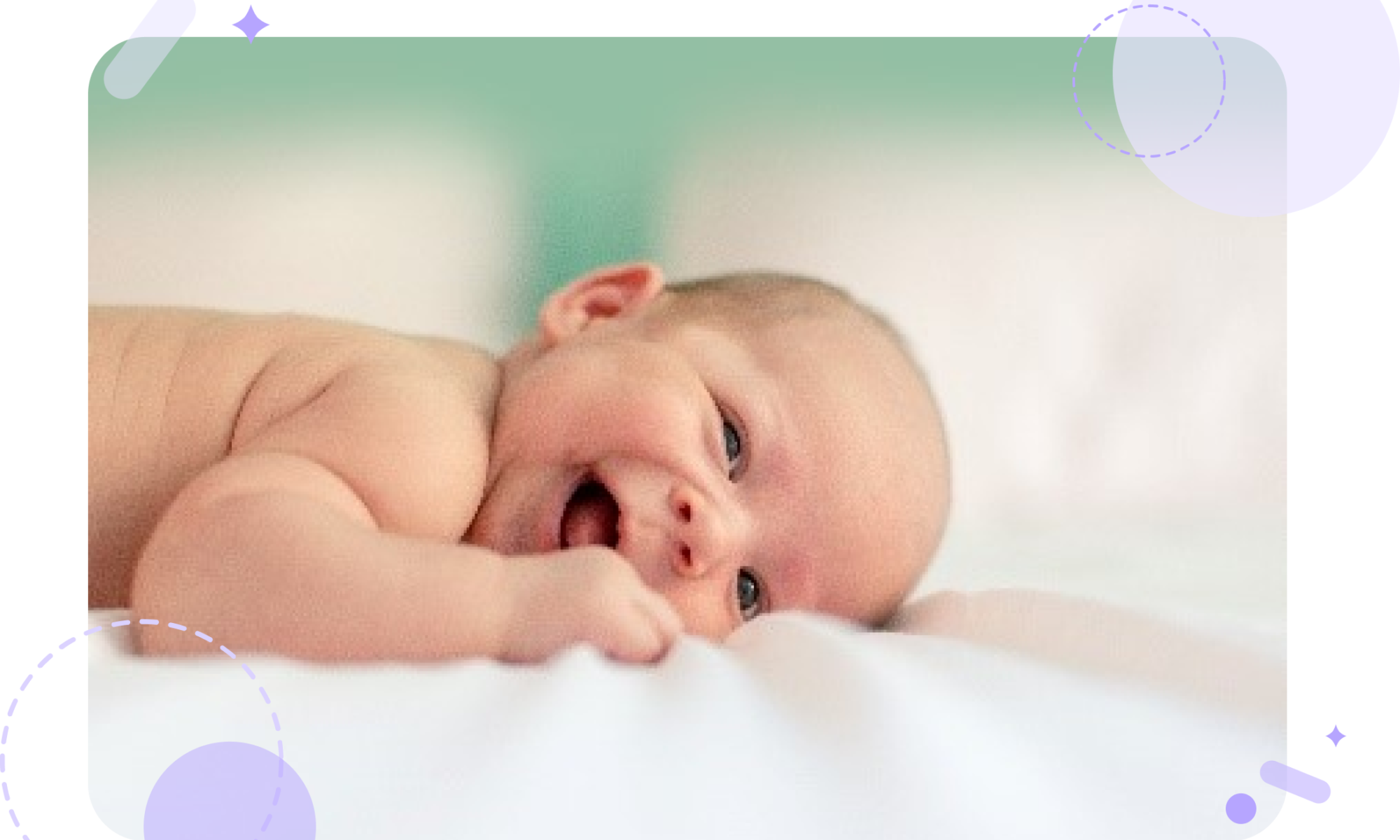
Speech and communication development is about more than just words and sentences; it also includes the different ways your baby lets you know what they need or how they feel. Between 1 to 3 months, your baby used crying as their primary communication tool along with basic coos and gurgles.
Since then, your baby has progressed and refined these communication skills alongside enhancing their understanding of the world. Moving forward, your conversations with your baby will become much livelier! Let’s have a look at the speech and communication development milestones that typically occur between the ages of 3 to 6 months old.
Crying Variations: Crying is still the most accessible method your baby relies on to communicate their needs, such as hunger, fussiness, or pain. The variations your baby uses will differ depending upon their need. For example, when your baby cries in a high-pitched tone, that may indicate pain or physical discomfort.
Frequent Coos: Your baby’s attempt to coo around 1 month old will now become more profound and frequent. There will be lots of “aah,”“eeh,” or “ooh” responses during this time.
First Babbles: There will be a gradual progression from coos to your baby’s first babbles that will consist of combinations of vowel and consonant sounds like “ma” or “ba.” Your baby will use babbles to grab your attention and start a super adorable two-way conversation with you.
Jabbering: The language learning progression leads your baby from babbles to jabbers. Jabbering helps your baby to establish speech patterns while they experiment with different sounds. As they grow, your little one will add a wider variety of consonants. You can help introduce and expose your baby to more words and voices to expose them to new sounds.
Bye-Bye Rooting Reflex: This involuntary reflex lets your baby turn their face towards a breast or a feeding bottle when the corner of their mouth is gently touched or stroked. This reflex action becomes voluntary around 4 months old as the rooting reflex disappears.
Sounds: Your baby’s ability to hear will improve during this time, which will lead them to identify the source of a sound by turning their necks, thus helping to build up their neck muscles. Your little one will also use sounds to express different emotions as they can coo and babble. For example, your baby will use non-verbal sounds like grunts, squeals, and giggles and increase the sound intensity when they attempt to get your attention. Pay attention to their attempts at engaging in a two-way conversation with you as it is an important milestone.
Blowing Raspberries: Creating bubbles (blowing raspberries) from their mouth helps your baby acquire the necessary lip tension they need for eating and drinking as well as language development further down their developmental track. This funny motor movement activates the lip and tongue muscles, and it’s a funny way to engage with your little one.
Your baby is learning a lot about their mind, body, and interactions during this phase. Make sure to support and encourage your baby’s communication development. It can be a bit difficult to track speech and communication development as opposed to tracking other developmental milestones. The Marble app gives you a better overview of what developmental milestones to expect in the speech and communication area, providing you with content and insights based on scientific evidence.
- The Hanen Center: Baby Babble – A Stepping Stone to Words
- ScienceDaily: ‘Parentese’ Helps Parents, Babies Make ‘Conversation’ and Boosts Language Development
- National Center for Biotechnology Information: Sound Localization in Newborn Human Infants
- National Health Service: Speech and Language Development from Birth to 12 Months
- Healthline: Language Milestones – 0 to 12 Months
 Back
Back

